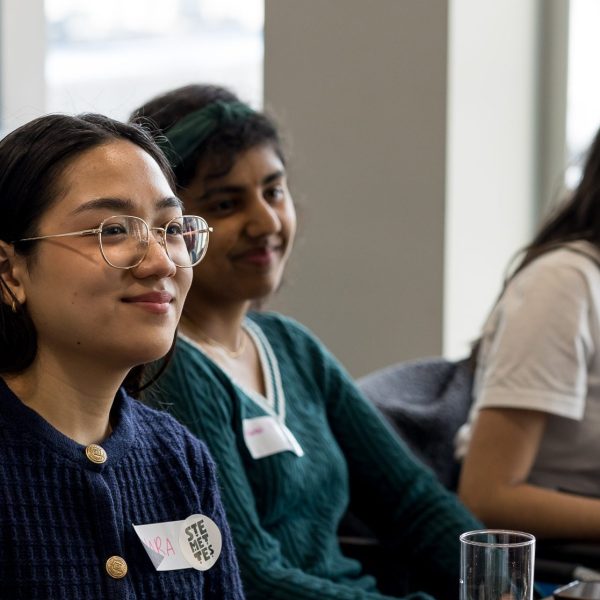
Danielle is a computer scientist. She uses statistics and machine learning to understand disease progression. Currently, she is working at Microsoft Research. While at school in Trinidad her Maths teacher inspired her to become a data scientist. This field uses scientific methods, processes and systems to extract knowledge from various data types.
Danielle is a computer scientist. Her speciality is using statistics and machine learning to understand disease progression. Her Maths teacher inspired her to become a data scientist and she hasn’t looked back since.
Route Into STEM
She gained a degree in statistics at University College London. Then she achieved a PhD in machine learning in health applications. During this, she gained a Dorothy Hodgkin award as well as the Barry Kay award!
Belgrave is now interested in using big data for clinical interpretation. This creates personalised prevention strategies. Machine learning is vital to healthcare! It allows for fast advancements and more precise healthcare. This can include disease discovery and personalised health care advice.
Awards & Current Research
In 2015 she received the GlaxoSmithKline Exceptional Science award! This was for statistical methodological work, and working in respiratory medicine in pharmaceuticals.
She is currently involved in project Talia. This explores a human-centric approach to machine learning. It sees how it can assist in the detection, diagnosis, monitoring and treatment of mental health issues. This is a problem that Danielle believes to be an under-investigated part of machine learning!
Read more about Danielle here, or find out more about her research here.
This article was written by Stemette Society member, Nell Anders.






